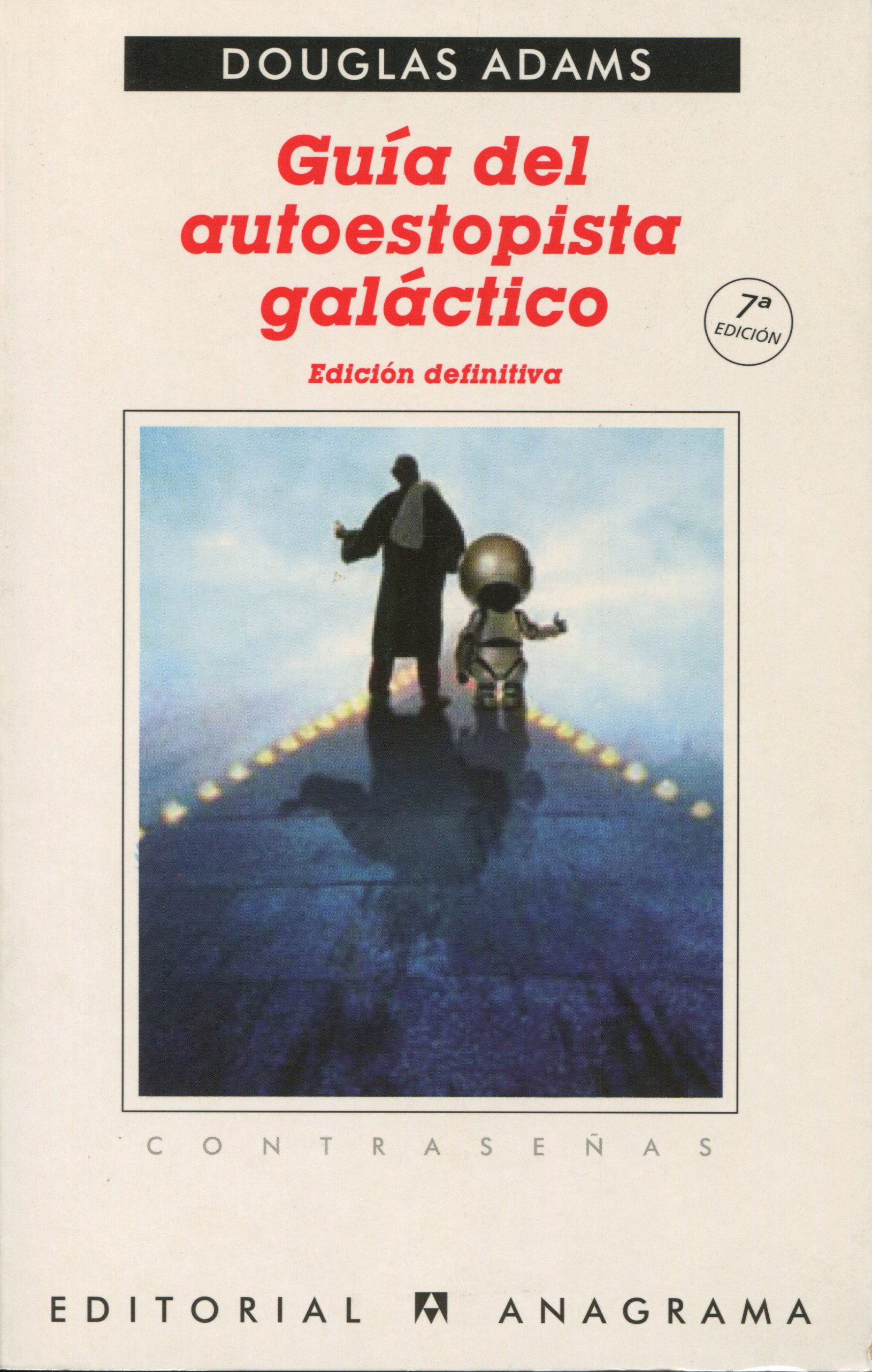
Last week we were looking for a simple and intuitive proof, suitable for function arithmetic, that the product of two negative numbers is a positive number (less times less is more). And Juan Antonio Adán proposes a not very orthodox but effective one: “Regarding the first problem, how to explain in a simple way that the product of two negative numbers is positive could be like this: if I don’t have two friends whom I I owe 15 euros, I don’t have 30 euros less”.
A more mathematical proof that remains affordable might be of this type:
-3×0 = -3x(5 – 5) = -3x [5 + (-5)] = (-3 x 5) + (-3 x -5) = -15 + (-3 x -5), where -3 x -5 = 15
Four colors are also sufficient to color a globe-like map, i.e. one drawn on a sphere, since its surface is topologically equivalent to the plane in this respect. It is easy to see (i.e.) mentally ‘rip out’ one of the areas of the sphere’s surface and enlarge the hole and stretch the map as if it were rubber until it is placed on a plane; in this way it is as if the torn area had become infinite and enveloped all the others, with which we have transformed the spherical map into a flat one, so four colors are enough to color it.
It takes seven colors to color a map drawn on the surface of a torus. The proof consists of slicing the torus along two closed curves to unfold it and turn it into a rectangle (I’ll leave the rest of the proof to my astute readers and readers striving to get their grades up).
As for the number 17, the young – very young – Gauss observed that not only is it a prime number, but it is also a power of 2 plus 1: 17 = 2⁴ + 1, and that these two properties imply that the 17 solutions (in the domain of complex numbers) of the equation x¹⁷ = 1 could be found by the usual algebraic operations: addition, subtraction, multiplication and division as well as square root formation. And all these operations can be done geometrically using ruler and compass, which implies that there must be a ruler and compass construction for the regular 17-sided polygon.
The “boring” number 42
In the cult novel The Hitchhiker’s Guide to the Galaxy, number 42 reads: “The answer to the great question of the meaning of life, the universe, and everything else.” Its author, Douglas Adams, said he chose this number because a quick poll of revealed to his friends that she was too boring. But is that true?
More information
Of course, assuming that boring numbers existed (and I dare my observant readers to consider that), 42 isn’t one. Let’s see some of its features:
42 is the number of divisions of 10 (written as the sum of positive integers in their natural order), such as: 1 + 2 + 2 + 5, 1 + 3 + 6, 3 + 3 + 4…
42 is the second of the sphenic numbers (which are the product of three different primes) since 42 = 2 × 3 × 7. The first ten sphenic numbers are: 30, 42, 66, 70, 78, 102, 105, 110, 114 and 130.
42 is the third of the fifteen-pointed numbers, analogous to the triangular numbers but based on a regular 15-sided polygon.
Can you find other notable features of the “boring” number 42?
you can follow MATTER on Facebook, Twitter and Instagram, or sign up here to receive our weekly newsletter.

